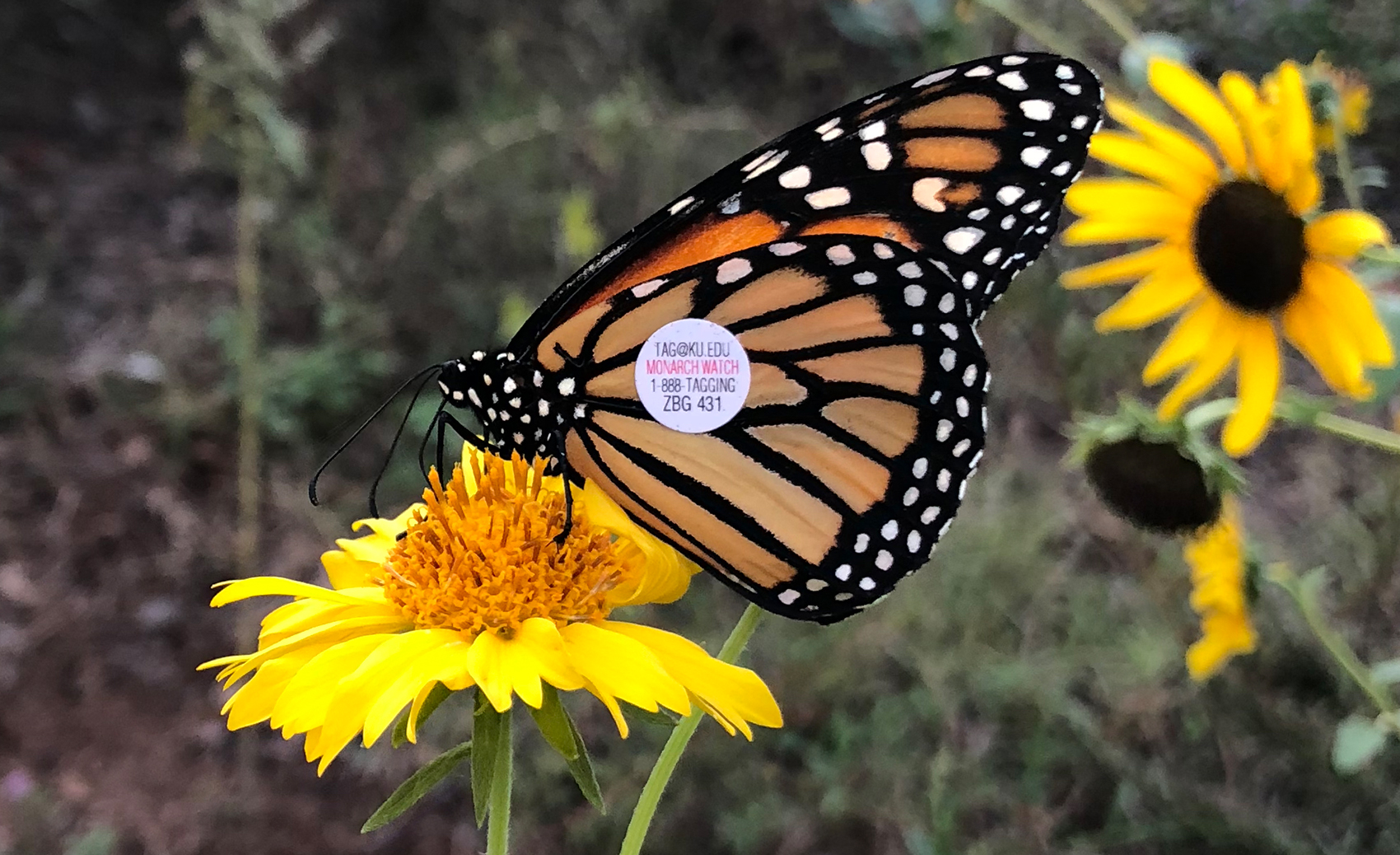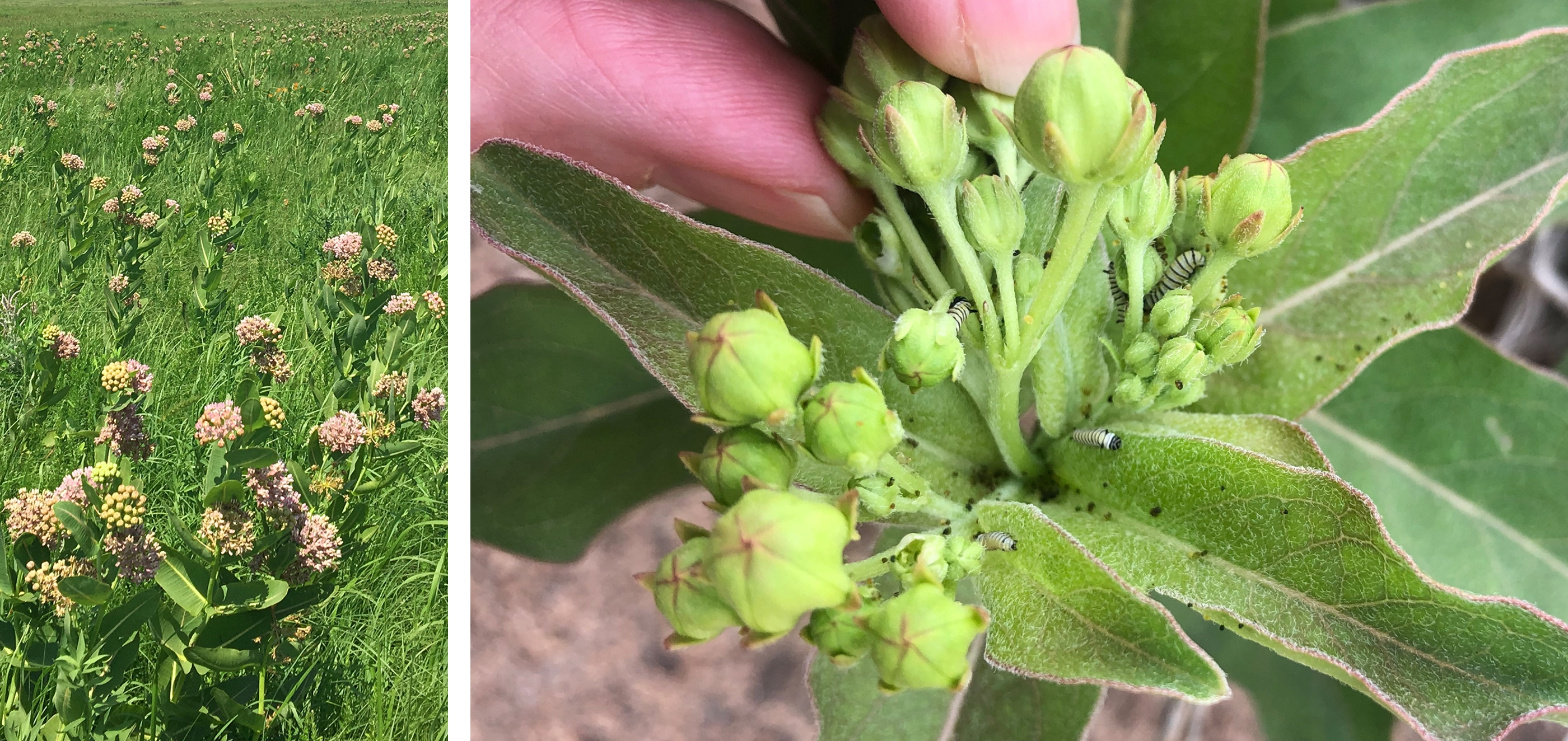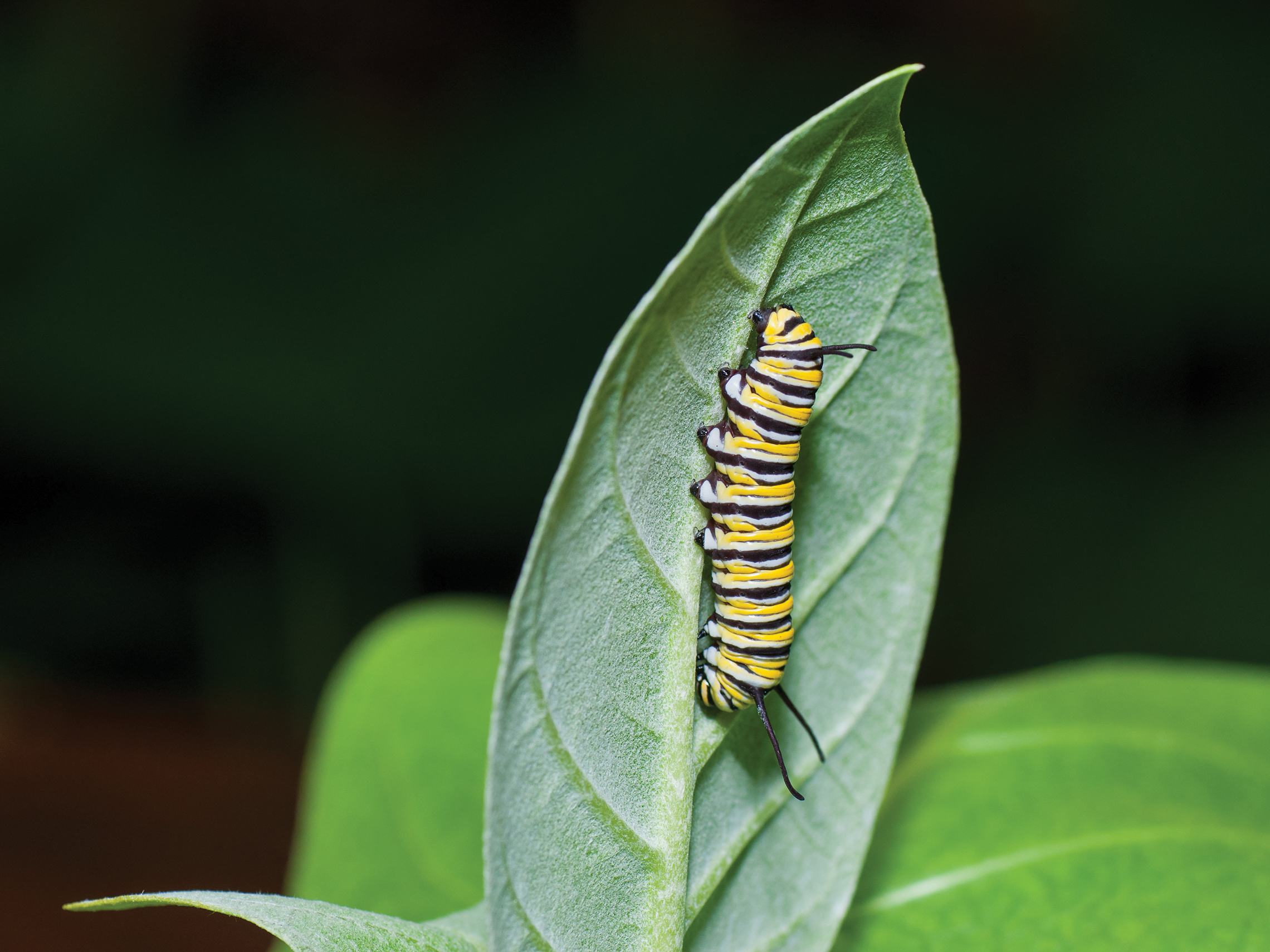The monarch butterfly is instantly recognizable, with its bright orange and black wings. These insects are as impressive as they are beautiful, with the ability to fly at a speed of over 30 miles per hour and cover a span of 3,000 miles during their annual migrations from the northern United States and southern Canada to Central Mexico. In fact, monarchs are the only butterflies that can make such a long two-way trip every year.
In many Indigenous cultures, monarchs serve as symbols of rebirth and ancestral heritage. Since the monarch migration to the south coincides with the Mexican Day of the Dead, the arrival of these creatures serves as a celebration of lost loved ones and the long-awaited return of their souls to their homeland.
Kristen Baum ’94 knows just how special the monarch butterfly is, having dedicated her career to researching the insect and its migration patterns, and supporting pollinator conservation efforts. In November 2023, Baum was hired as the new director of Monarch Watch, an international program based at the University of Kansas (KU) that focuses on the conservation and study of monarch butterflies. The program started with a small monarch tagging project in 1992 and expanded from concentrating on research and outreach into international conservation efforts.
Now, Baum is at the head of the program, guiding it toward continued innovation in the face of newly appearing challenges.
A former resident of Waynesboro, Virginia, she grew up in the Blue Ridge Mountains near the Appalachian Trail. Her childhood cultivated Baum’s love of nature, and William & Mary appealed to her as an academically rigorous institution situated in a region rich with stunning foliage and full of natural life.
After an orientation assistant who helped her move into her dorm told her that she could use her leg strength from her years of cross country and track in high school to become a proficient rower, Baum joined W&M’s rowing team. She remained on the team for all four years at W&M, and now credits her involvement as an integral part of her experience at the university. The early morning practices, physical toll and intense competitions all helped her create deep bonds with her teammates that Baum says taught her valuable life skills.
“When you’re rowing or sitting in a boat with eight other people, you’ve really got to count on everybody else to do their part. You can’t row that eight-person boat by yourself, and you also have to do your part to help the rest of the team. So, there’s a lot of team building and perseverance,” says Baum.
Baum earned her degree in environmental science and took courses in other fields relevant to her career now, such as economics, sociology and government.
“That multidisciplinary perspective has been very beneficial to me,” Baum says.
After receiving her degree from W&M, Baum took a field tech position at the Conservation and Research Center (now known as the Smithsonian Conservation Biology Institute) in Front Royal, Virginia, working on a project to study small mammal responses to habitat fragmentation. Then, she moved by the Savannah River Site in South Carolina to work on a large-scale corridor project with butterflies and lizards.
“The habitat, landscape-level conservation perspective stuck with me, and then the butterflies and other pollinators stuck as well,” Baum says.


